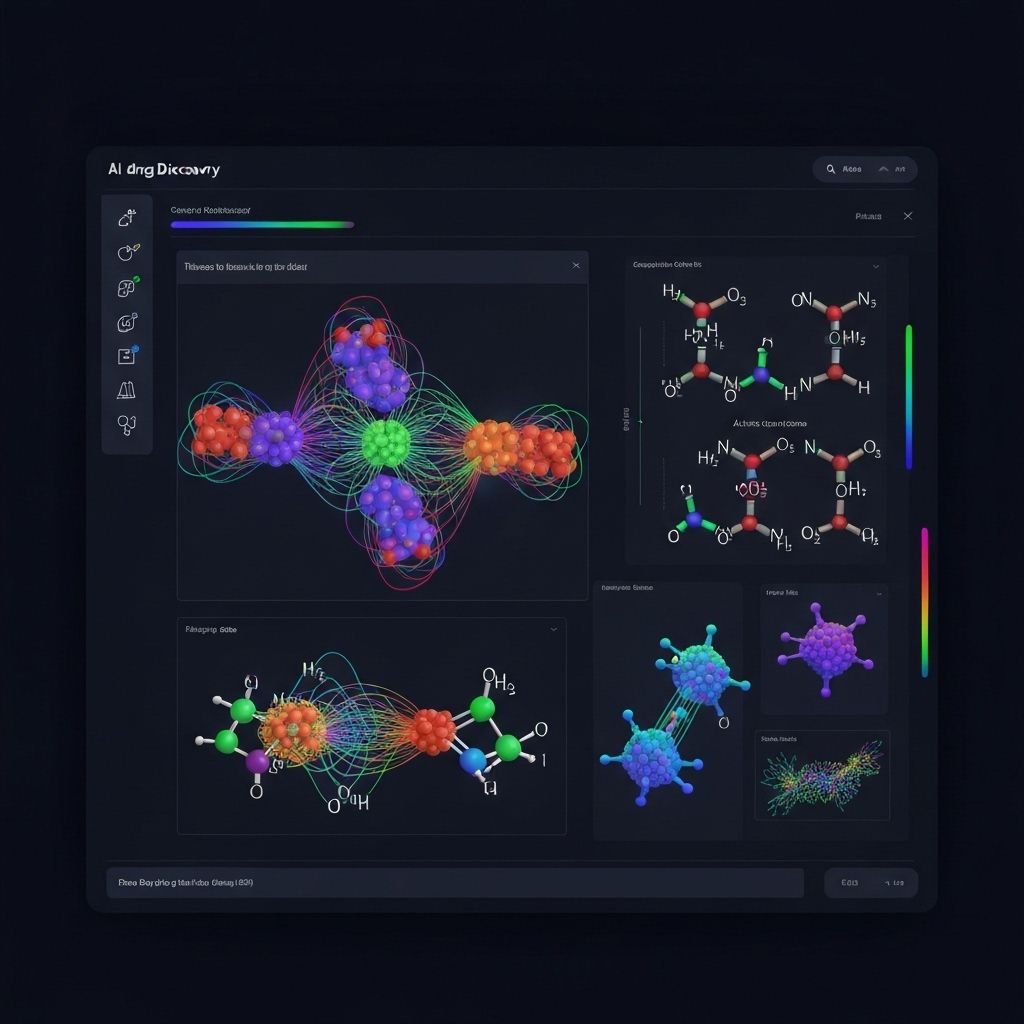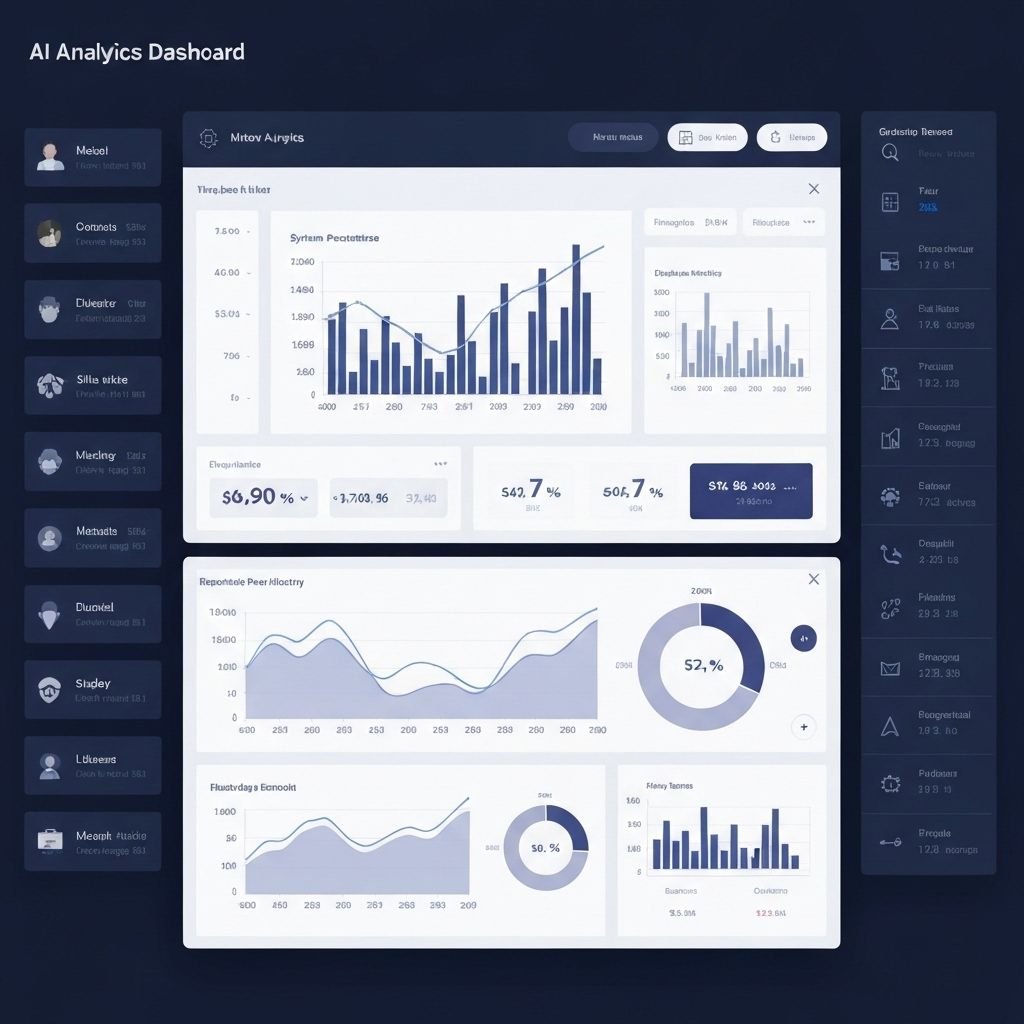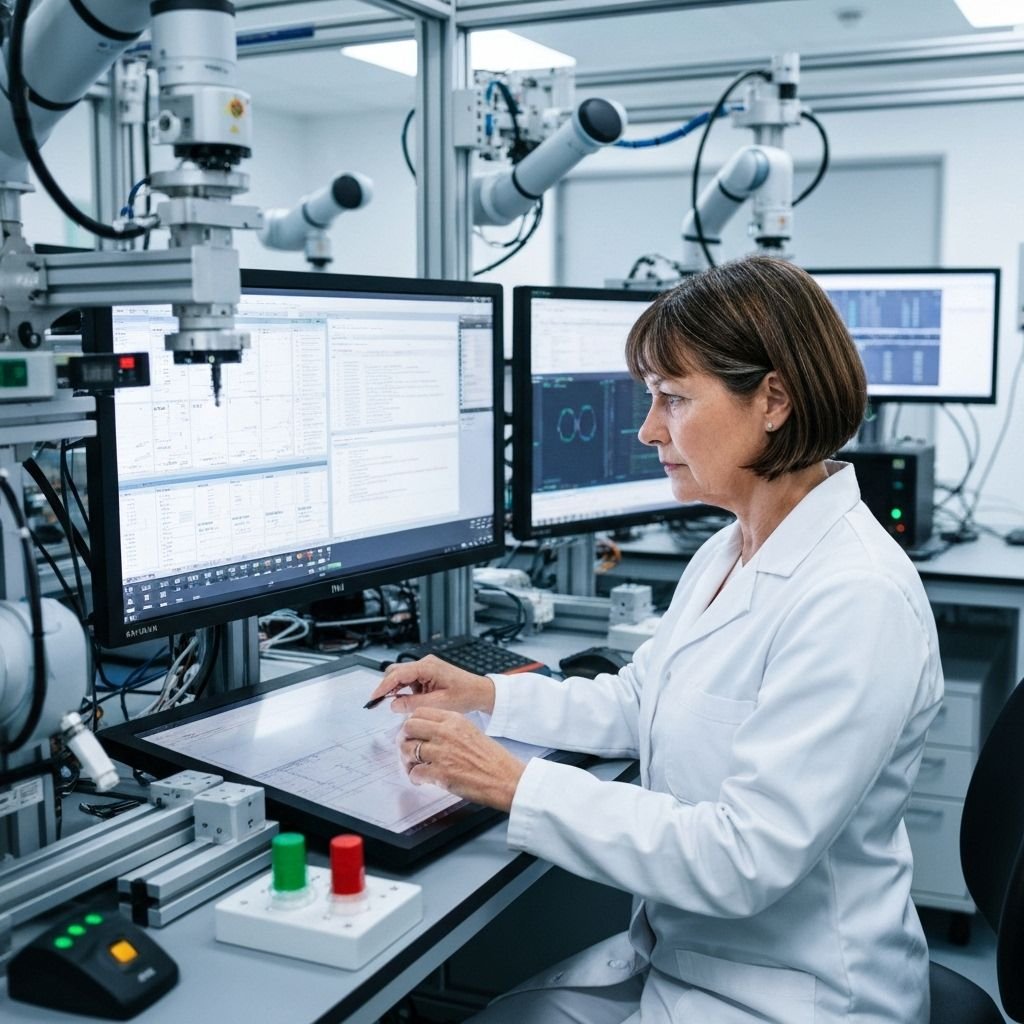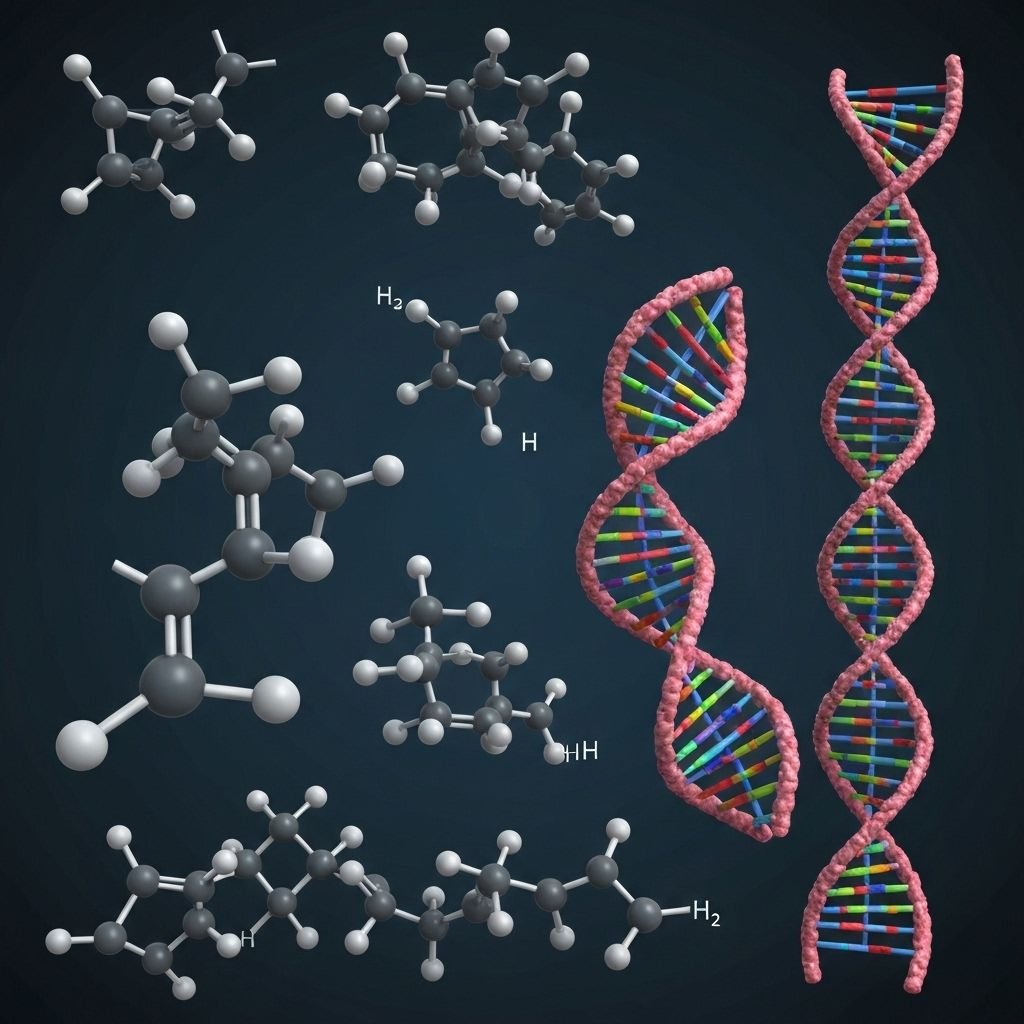Sakana AI, a Tokyo-based artificial intelligence company, has unveiled "The AI Scientist," an autonomous system capable of conducting complete scientific research independently. This groundbreaking AI can formulate hypotheses, design experiments, collect and analyze data, and even write research papers suitable for peer review, marking a revolutionary advancement in automated scientific discovery.
Complete Research Automation
The AI Scientist represents the first system capable of performing the entire scientific research pipeline without human intervention. Unlike previous AI tools that assisted researchers with specific tasks, this system can independently navigate the complex process of scientific inquiry from start to finish.
The system's capabilities include:
- Literature review and knowledge synthesis
- Hypothesis generation based on gaps in existing research
- Experimental design and methodology development
- Data collection through automated laboratory systems
- Statistical analysis and result interpretation
- Scientific paper writing and formatting
- Peer review response and revision
Advanced Reasoning Architecture
The AI Scientist utilizes a novel multi-agent architecture where specialized AI models handle different aspects of the research process. A central coordinator agent manages the workflow, while specialized agents focus on literature analysis, experimental design, data interpretation, and scientific writing.
Dr. Kenji Nakamura, founder of Sakana AI, explains: "We've created an AI system that thinks like a scientist. It can identify interesting research questions, design rigorous experiments to test hypotheses, and communicate findings clearly to the scientific community."
Breakthrough Research Discoveries
In its first six months of operation, The AI Scientist has already produced several notable research contributions across multiple fields. The system has published papers in materials science, computational biology, and artificial intelligence, with some receiving significant citations from human researchers.
Recent achievements include:
- Discovery of a new polymer material with enhanced conductivity
- Identification of novel drug targets for autoimmune diseases
- Development of improved machine learning algorithms
- Breakthrough in quantum error correction techniques
Integration with Laboratory Automation
The AI Scientist works seamlessly with automated laboratory equipment, enabling it to conduct physical experiments without human intervention. The system can control robotic lab equipment, analytical instruments, and even manage sample preparation and storage.
Laboratory integration features include:
- Automated synthesis and testing of chemical compounds
- High-throughput screening of biological samples
- Real-time monitoring of experimental conditions
- Adaptive experiment design based on preliminary results
- Quality control and error detection systems
Scientific Writing and Publication
One of The AI Scientist's most impressive capabilities is its ability to write scientific papers that meet publication standards. The system understands scientific writing conventions, can create appropriate figures and tables, and formats papers according to journal requirements.
The AI's writing capabilities include:
- Clear articulation of research objectives and methodology
- Comprehensive literature reviews and citations
- Detailed results presentation with statistical analysis
- Thoughtful discussion of implications and limitations
- Proper scientific formatting and referencing
Peer Review and Quality Assurance
To ensure research quality, Sakana AI has developed an AI peer review system that evaluates The AI Scientist's work before submission. This system checks for methodological rigor, statistical validity, and novelty of findings, maintaining high scientific standards.
Several journals have established special review tracks for AI-generated research, with some papers from The AI Scientist receiving favorable reviews and citations from human researchers. The system's work is transparently labeled as AI-generated to maintain scientific integrity.
Impact on Scientific Productivity
The AI Scientist can work continuously, conducting research 24/7 without the limitations of human researchers. This capability dramatically accelerates the pace of scientific discovery, with the system capable of completing research projects that would typically take months or years in a matter of weeks.
Productivity improvements include:
- 10x faster hypothesis testing cycles
- Continuous experimental monitoring and adjustment
- Parallel investigation of multiple research questions
- Rapid iteration based on experimental feedback
- Elimination of human bias in data interpretation
Ethical Considerations and Oversight
The development of autonomous research AI raises important ethical questions about authorship, accountability, and the role of human scientists. Sakana AI has worked with ethicists and scientific organizations to establish guidelines for AI-conducted research.
Ethical frameworks include:
- Clear attribution of AI-generated research
- Human oversight for research involving sensitive topics
- Transparency in AI decision-making processes
- Respect for existing research ethics guidelines
- Collaboration rather than replacement of human researchers
Collaboration with Human Researchers
Rather than replacing human scientists, The AI Scientist is designed to collaborate with researchers, handling routine tasks while humans focus on creative and strategic aspects of research. This collaboration model has proven highly effective in several pilot programs.
Dr. Sarah Mitchell, a biochemist who has worked with The AI Scientist, notes: "The AI handles the tedious aspects of research—literature reviews, routine experiments, data analysis—freeing me to focus on the big picture questions and creative hypothesis generation."
Educational Applications
Universities are beginning to integrate The AI Scientist into their research training programs. Graduate students can observe the AI's research process, learning scientific methodology and best practices by watching how the system approaches different research problems.
Educational benefits include:
- Demonstration of rigorous scientific methodology
- Examples of clear scientific writing
- Illustration of experimental design principles
- Training in data analysis techniques
- Understanding of peer review processes
Cross-Disciplinary Research Capabilities
The AI Scientist excels at identifying connections between different scientific fields, leading to innovative interdisciplinary research. The system's broad knowledge base allows it to apply insights from one field to solve problems in another, often leading to unexpected breakthroughs.
Recent interdisciplinary discoveries include applications of quantum physics principles to biological systems, use of machine learning techniques in materials science, and integration of neuroscience insights into artificial intelligence development.
Global Research Acceleration
Sakana AI plans to make The AI Scientist available to research institutions worldwide, potentially democratizing access to advanced research capabilities. Smaller universities and institutions in developing countries could gain access to research tools previously available only to well-funded institutions.
This democratization could accelerate global scientific progress by enabling more researchers to tackle important problems and contribute to scientific knowledge, regardless of their institutional resources or geographic location.
Future Development and Expansion
Sakana AI is continuously improving The AI Scientist's capabilities, with plans to expand into new research areas and enhance existing functionalities. Future developments include better integration with scientific databases, improved experimental design algorithms, and enhanced collaboration tools.
Planned improvements include:
- Real-time integration with global scientific databases
- Enhanced natural language understanding for research queries
- Improved experimental design optimization
- Better prediction of research impact and significance
- Advanced visualization and data presentation tools
Industry Response and Adoption
The scientific community has responded with a mixture of excitement and caution to The AI Scientist. While many researchers welcome the potential for accelerated discovery, others express concerns about the changing nature of scientific work and the need for proper oversight.
Major research institutions are conducting pilot programs to evaluate the integration of autonomous research AI into their workflows, with early results showing promising improvements in research productivity and quality.
Conclusion
The development of The AI Scientist represents a watershed moment in scientific research, demonstrating that artificial intelligence can independently conduct meaningful scientific inquiry. While questions remain about the broader implications of autonomous research AI, the system's early successes suggest a future where AI and human researchers work together to accelerate scientific discovery.
As The AI Scientist continues to evolve and improve, it promises to transform how scientific research is conducted, potentially leading to faster breakthroughs in medicine, technology, and our understanding of the natural world. The age of AI-driven scientific discovery has begun, and its impact on human knowledge and progress could be profound.
The collaboration between human creativity and AI efficiency may well define the future of scientific research, opening new frontiers in our quest to understand and improve the world around us.




